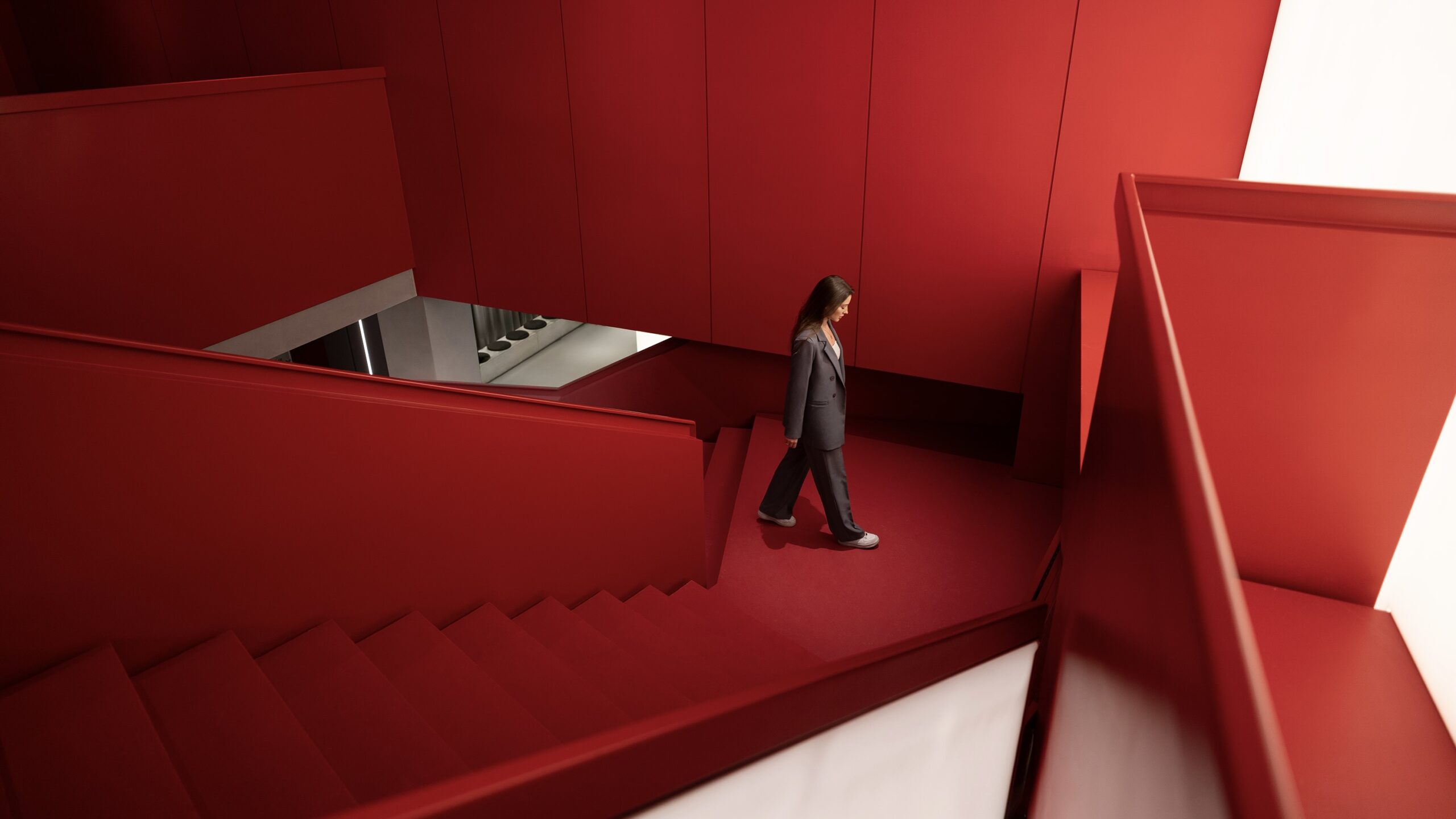

Composition is the backbone of photography, determining how the elements within your frame interact to convey a story. A well-composed image can guide the viewer’s eye, create a sense of balance, and emphasize the narrative you wish to tell. In this article, we’ll explore how you can harness the power of composition to enhance your storytelling, using insights from professional photographers who excel in visual storytelling.
Understanding the Basics of Composition
Leading Lines
Guiding the Viewer: Leading lines are one of the most powerful tools in a photographer’s arsenal. These are lines within the image that naturally draw the viewer’s eye towards a specific point, usually the main subject. Roads, rivers, fences, or even shadows can act as leading lines.
Creating Depth: Use leading lines to create a sense of depth and perspective in your images. For instance, a winding path that leads to a distant subject can make the viewer feel as though they are traveling through the scene.
Rule of Thirds
Balanced Composition: The rule of thirds involves dividing your frame into a 3×3 grid and placing the most important elements along these lines or their intersections. This technique helps create a balanced and harmonious composition.
Enhancing Narrative: By placing your subject off-center, you can create a more dynamic image that draws the viewer in. For example, positioning a person on one of the vertical thirds while leaving space in front of them can suggest movement or the anticipation of something to come.
Framing
Focus on the Subject: Framing involves using elements within your environment to create a “frame” around your subject, drawing attention to it. This could be anything from a window or doorway to natural elements like trees or archways.
Adding Context: Framing not only highlights your subject but also adds context to the image. For example, photographing someone through a car window can convey a sense of travel or transition.
Advanced Compositional Techniques for Storytelling
Symmetry and Patterns
Creating Harmony: Symmetry in photography involves creating balanced images where one half mirrors the other. This technique can be used to convey a sense of order, tranquility, or beauty. Patterns, on the other hand, involve repeating elements that can create a rhythm in your composition.
Breaking Symmetry: While symmetry is pleasing, breaking it can be even more powerful. Introducing an element that disrupts the pattern, or symmetry can draw attention to that part of the image and add intrigue to your story.
Negative Space
Isolating the Subject: Negative space refers to the empty or unoccupied areas of an image. By surrounding your subject with negative space, you can emphasize it and make it stand out more.
Creating Mood: Negative space can also create a mood or atmosphere, such as solitude or tranquility. For example, a lone tree in a vast open field conveys isolation and simplicity.
Use of Triangles
Dynamic Composition: Triangles are a powerful compositional tool that can add stability and structure to your image. Arranging elements in a triangular shape can create a sense of balance and direct the viewer’s eye around the frame.
Conveying Relationships: Triangles can also be used to convey relationships between subjects. For instance, positioning three people in a triangular formation can suggest a connection or hierarchy among them.
Layering
Adding Depth: Layering involves including elements in the foreground, middle ground, and background to create a sense of depth in your image. This technique is particularly effective in landscape and environmental photography.
Building a Narrative: Layers can also help build a narrative by showing different aspects of a scene or story. For example, photographing a street vendor with customers in the foreground and the market scene in the background tells a more complete story.
Practical Tips for Compositional Storytelling
Pre-Visualize Your Shots: Before you start shooting, take a moment to visualize the composition. Think about where you want the viewer’s eye to go and how you can use compositional techniques to achieve that.
Experiment with Different Angles: Changing your angle can dramatically alter the composition and the story you’re telling. Try shooting from high above, low to the ground, or from an unusual perspective to create more interesting compositions.
Simplify Your Frame: Don’t overcrowd your image with too many elements. Simplify your composition by focusing on the essential elements that contribute to the story. Remove any distractions that don’t add to the narrative.
Use Post-Processing Wisely: In post-processing, use cropping and adjustments to refine your composition. Enhance leading lines, emphasize symmetry, or adjust the balance of negative space to strengthen the story your image tells.
Composition is much more than just arranging elements within a frame—it’s about guiding the viewer’s eye, creating balance, and enhancing the narrative of your image. By mastering both basic and advanced compositional techniques, you can elevate your photography and tell more compelling stories through your work. Practice these techniques, and you’ll find that your images not only capture moments but also convey deeper meanings and emotions.
Not on 500px yet? Sign up here to explore more impactful photography.
The post Enhancing Your Storytelling with Strong Compositional Techniques appeared first on 500px.